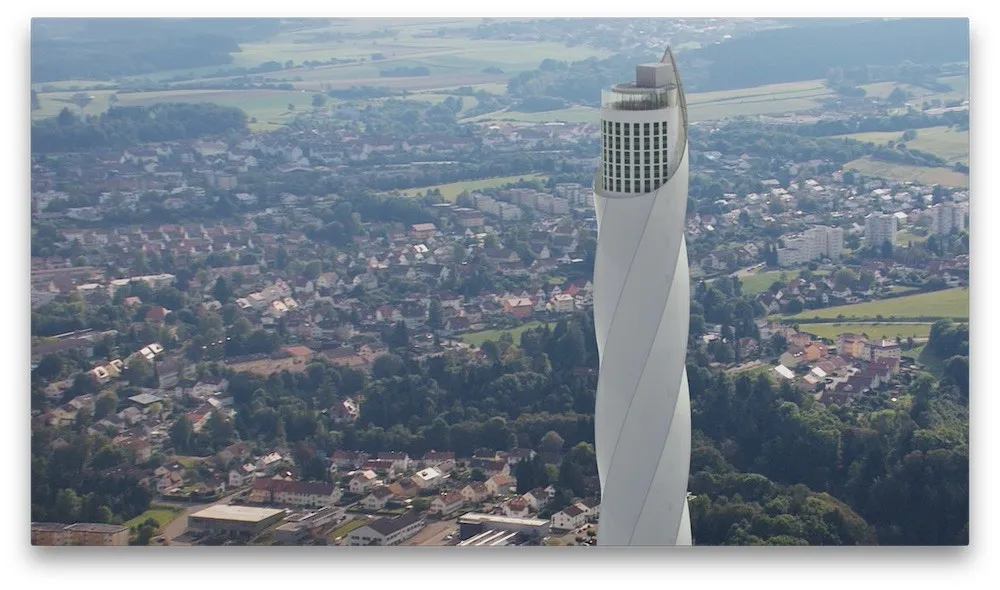
When it was announced as a project in 2014 many saw it impossible, come on, they found many problems beyond the price and its installation. Today the German company Thyssenkrupp makes it a reality, the first magnetic levitation lift in the world capable of moving vertically and horizontally is a reality.
Named "MULTI", this elevator seeks to be a true revolution, since its benefits include speed, the space it needs for its construction, and of course, the technology used.
MULTI, the reinvention of the elevators

As it was already advanced, this new lift uses magnetic levitation to move between floors both vertically and horizontally, that is, the technology of the famous Maglev trains is used. This means that each cabin does not need wiring since the whole mechanism is installed in the same elevator.
Thanks to this it will be possible to have more cabins per column, as well as being able to move from side to side, even with the possibility of changing buildings. The magic of this will be based on the circuits that are created inside the building, since this is where this elevator will be able to exploit its possibilities in something very similar to the circuit system of the metro.
Each cabin has its own power management and is connected wirelessly to a system that monitors the movement of all cabins. In addition, according to the manufacturer, each lift has a 'safe and multilevel' brake system.
The longed for project started its first tests this weekend in a tower created for this new elevator. This tower measures 246 meters and is located in the city of Rottweil in Germany, where the company OVG Real Estate has agreed to collaborate with Thyssenkrupp to launch the ambitious MULTI.
According to OVG Real Estate, the installation of the MULTI system has allowed them to save up to 25% of space compared to a traditional elevator, and this new system will allow people to move at a maximum speed of 18 meters per second, although in These first tests will be limited to only five meters per second.

The test tower for MULTI in Rottweil, Germany.
